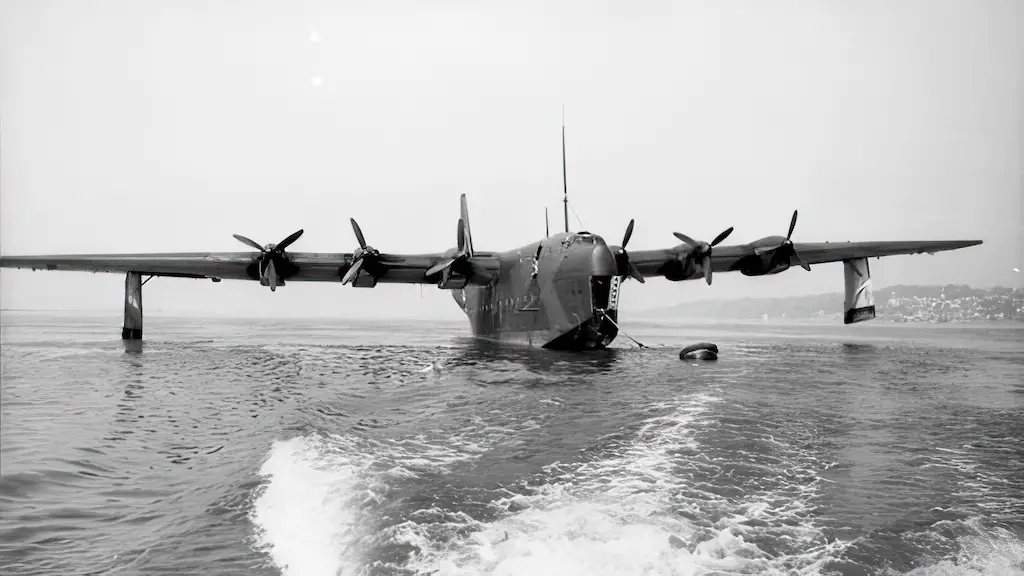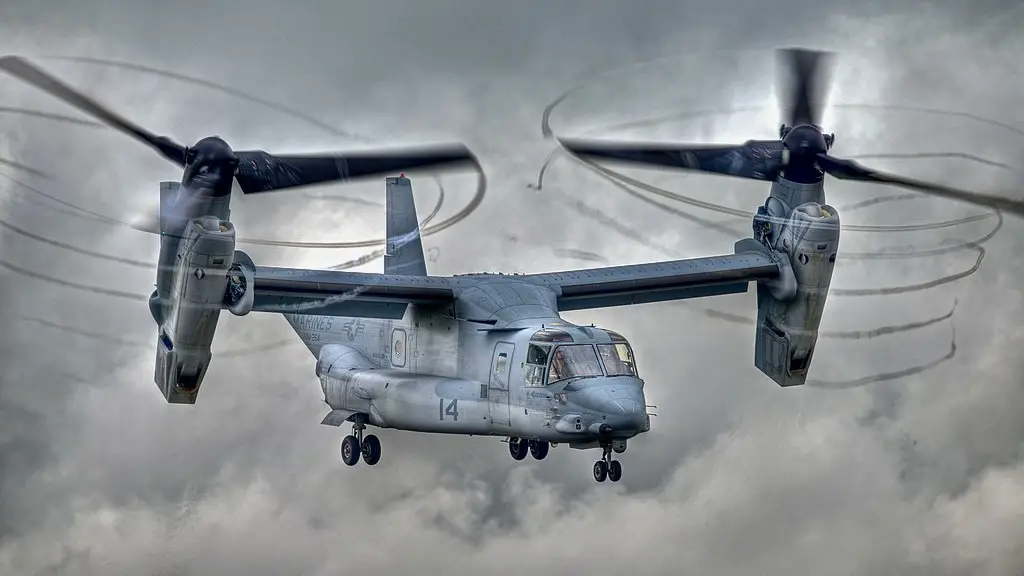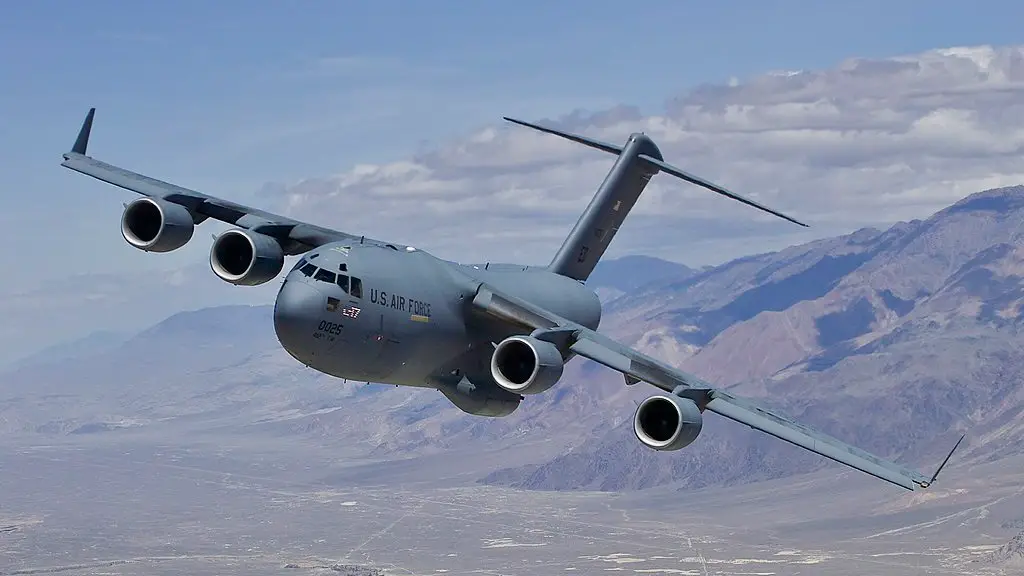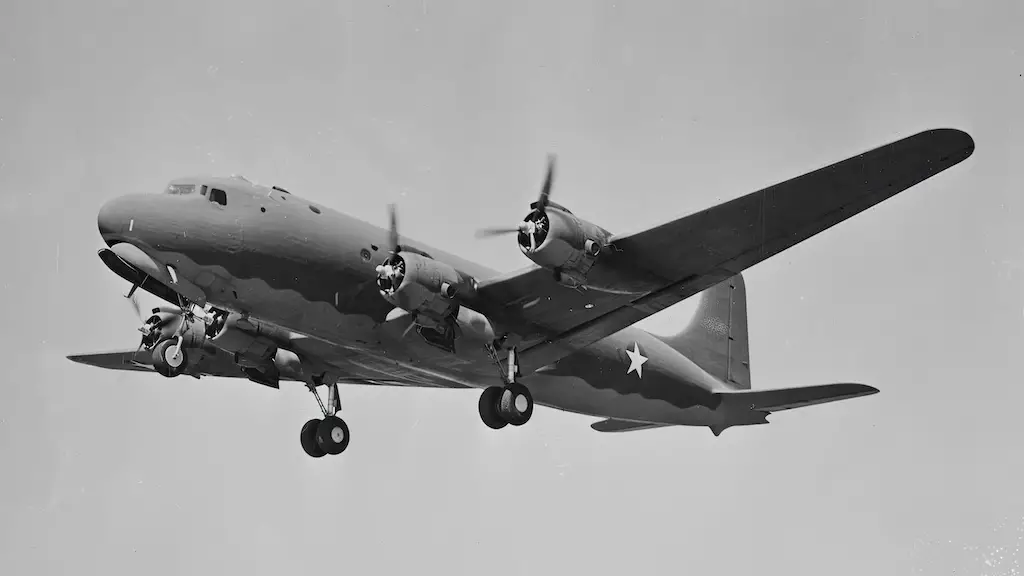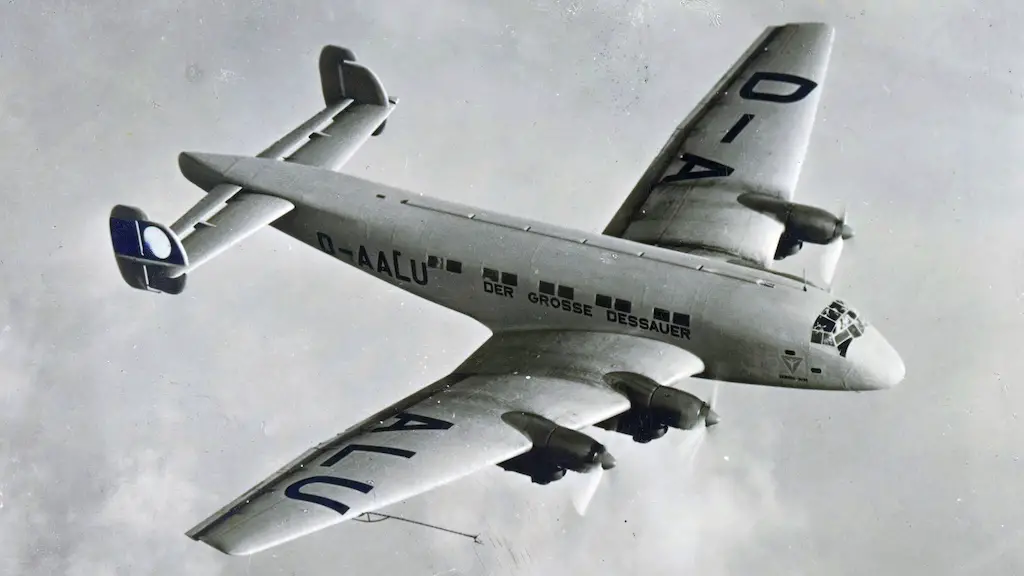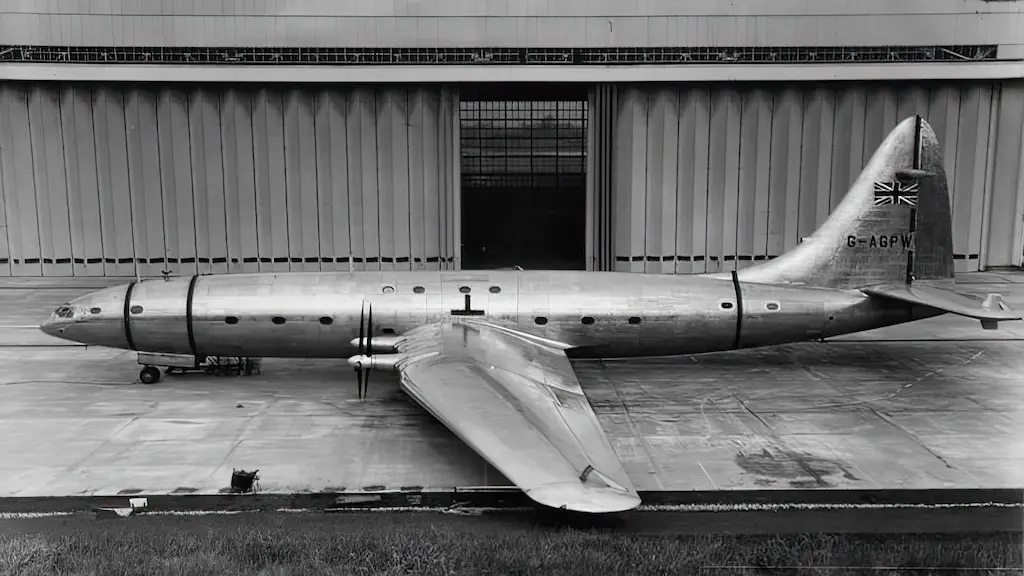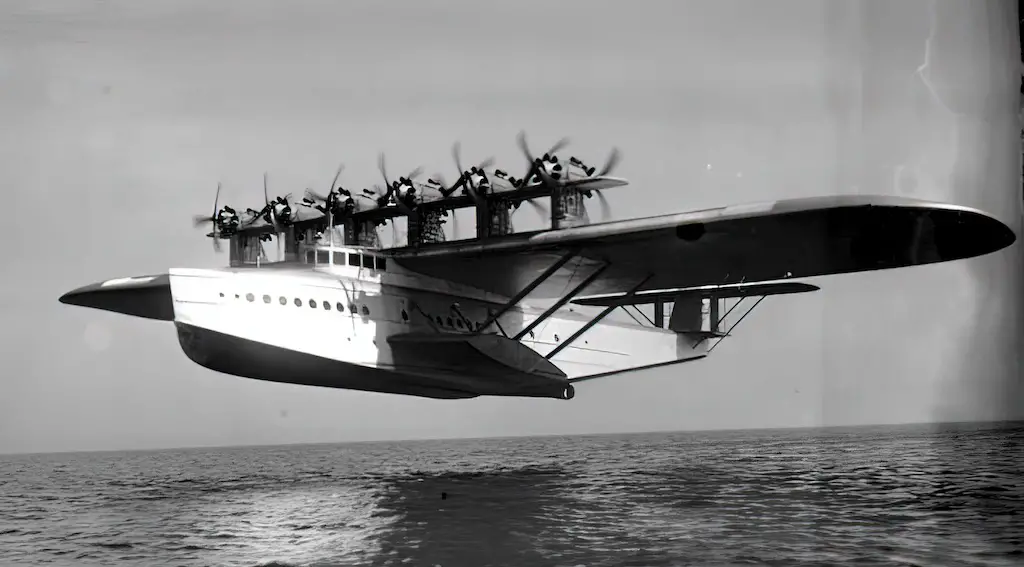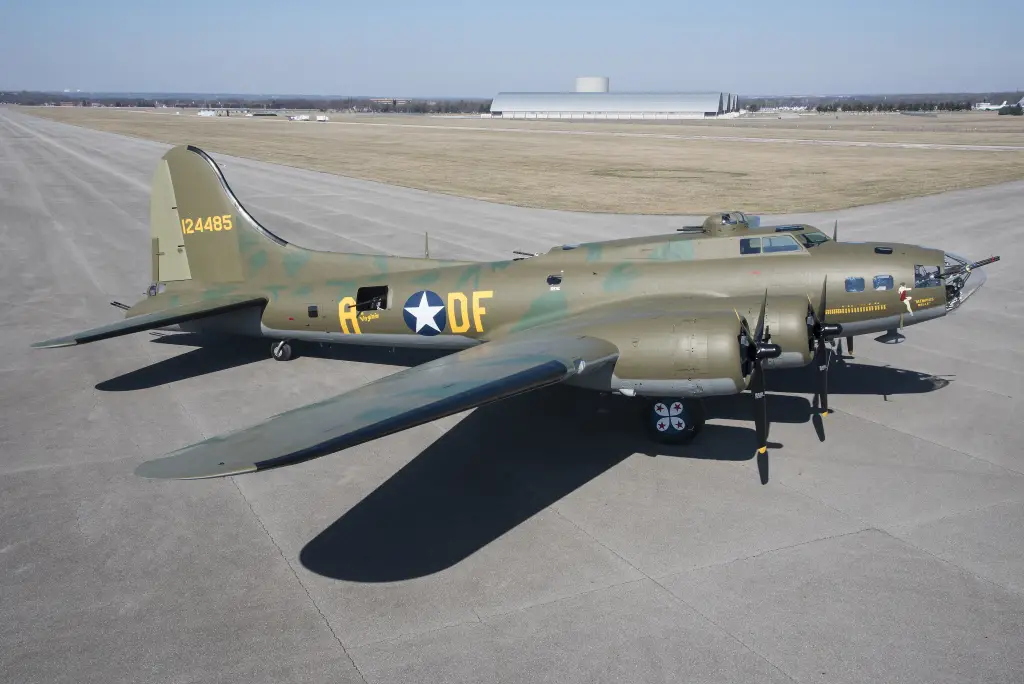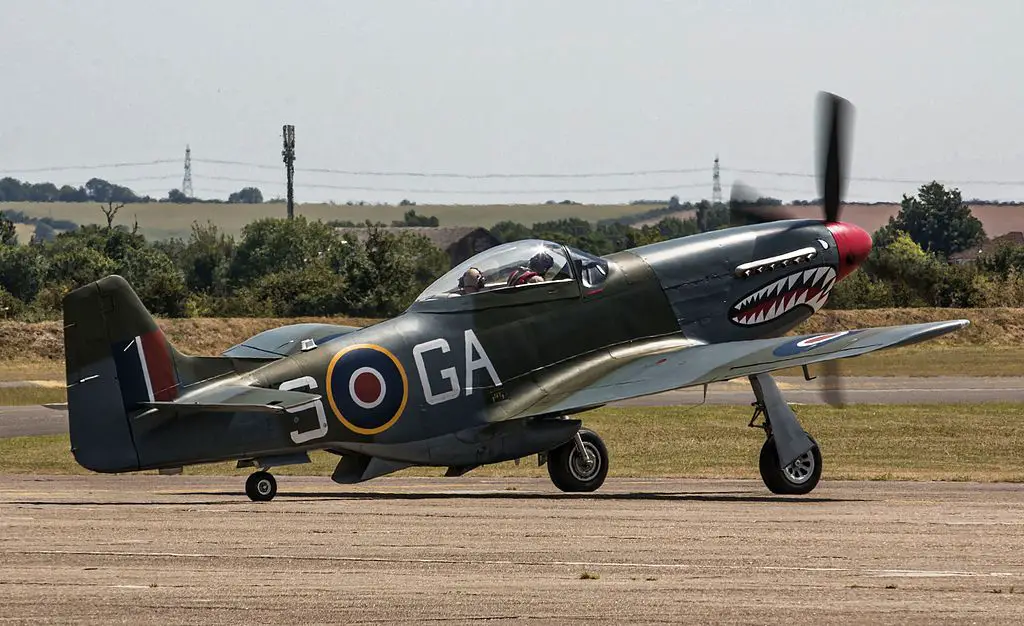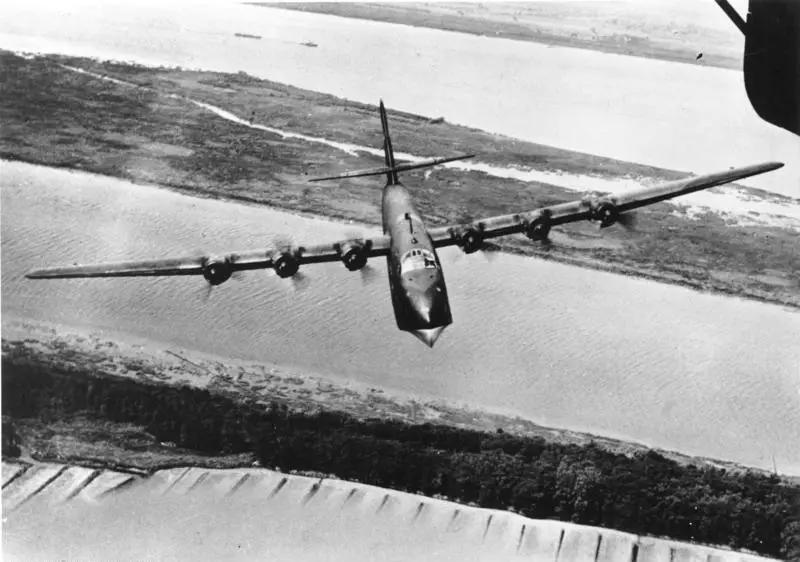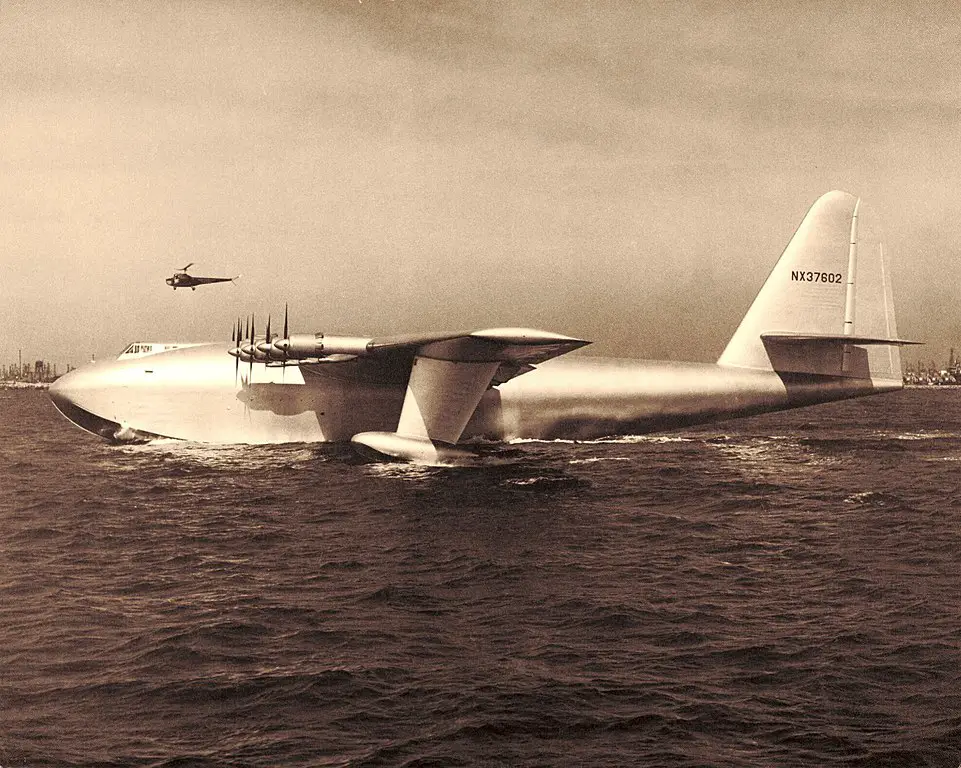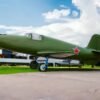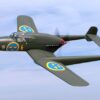The Blohm & Voss BV 238 was an impressive feat of German engineering and aviation prowess during World War II. This enormous flying boat held the distinction of being one of the largest aircraft of its kind, capable of undertaking long-range maritime reconnaissance and transport missions. In this article, we delve into the fascinating history, design, and capabilities of the BV 238.
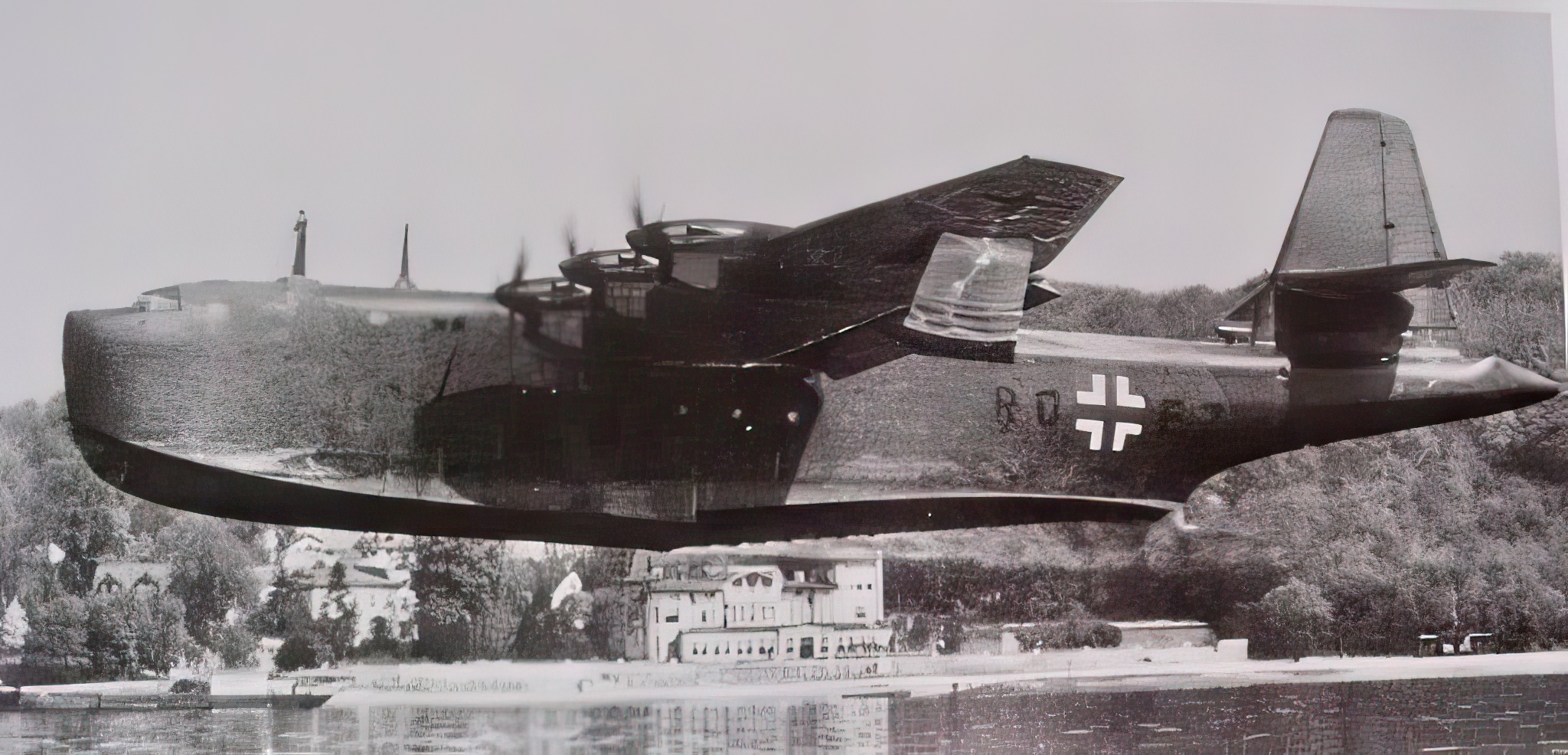
History and Development
The concept of the BV 238 was conceived in response to Germany’s need for a reliable long-range reconnaissance and transport aircraft during the war. The project was initiated by the renowned German aircraft manufacturer Blohm & Voss in the late 1930s. The development process took several years, with the first prototype taking to the skies in 1944.
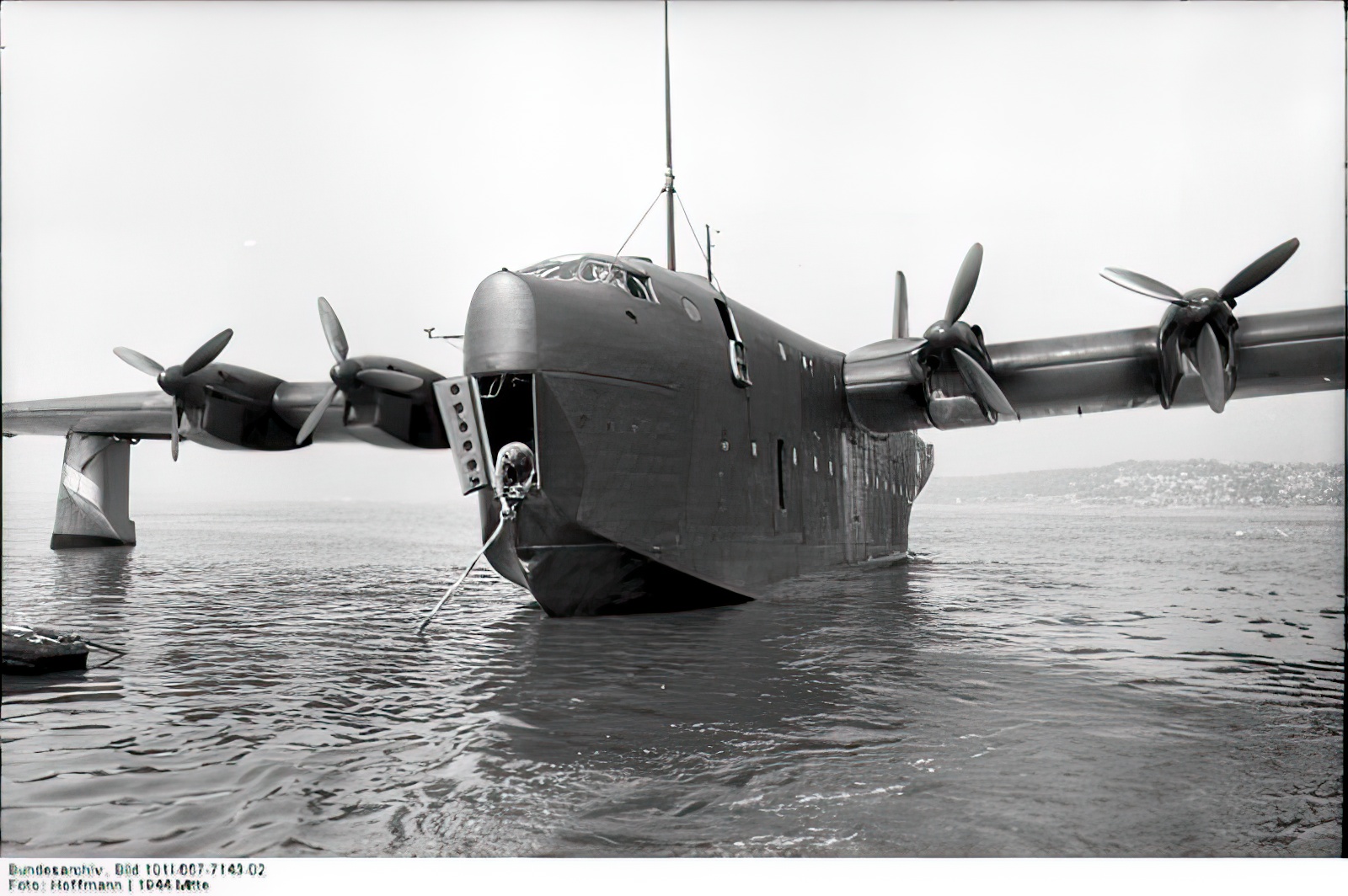
Design and Features
The BV 238 boasted an impressive size, with a wingspan of over 196 feet and a length of more than 141 feet. This massive flying boat had a maximum takeoff weight of approximately 440,000 pounds. The wings were mounted high on the fuselage to provide clearance for the four sets of contra-rotating propellers.
The aircraft’s power was derived from six BMW 801G radial engines, each capable of producing 1,539 horsepower. This configuration allowed the BV 238 to achieve a top speed of 224 miles per hour. Its operational range was around 4,350 miles, making it suitable for long-distance missions.
The BV 238 had a crew complement of up to 18 members, including pilots, navigators, engineers, and gunners. It was equipped with a defensive armament consisting of several remote-controlled turrets armed with heavy machine guns. Additionally, the flying boat featured an internal bomb bay capable of carrying up to 8,800 pounds of ordnance, making it a potential threat to enemy naval vessels.
Operational Capabilities
The primary purpose of the BV 238 was long-range maritime reconnaissance. Its endurance and range allowed it to patrol vast stretches of ocean, gathering intelligence on enemy movements and providing support to German naval forces. The aircraft’s substantial payload capacity made it capable of carrying large quantities of fuel, supplies, or even troops when necessary.
Despite its impressive capabilities, only a single BV 238 prototype was completed and flown. Due to the deteriorating situation for Germany towards the end of the war, production of the aircraft was halted, and the prototype was eventually destroyed to prevent it from falling into the hands of the advancing Allied forces. Consequently, the BV 238 never had the opportunity to fully demonstrate its operational potential.
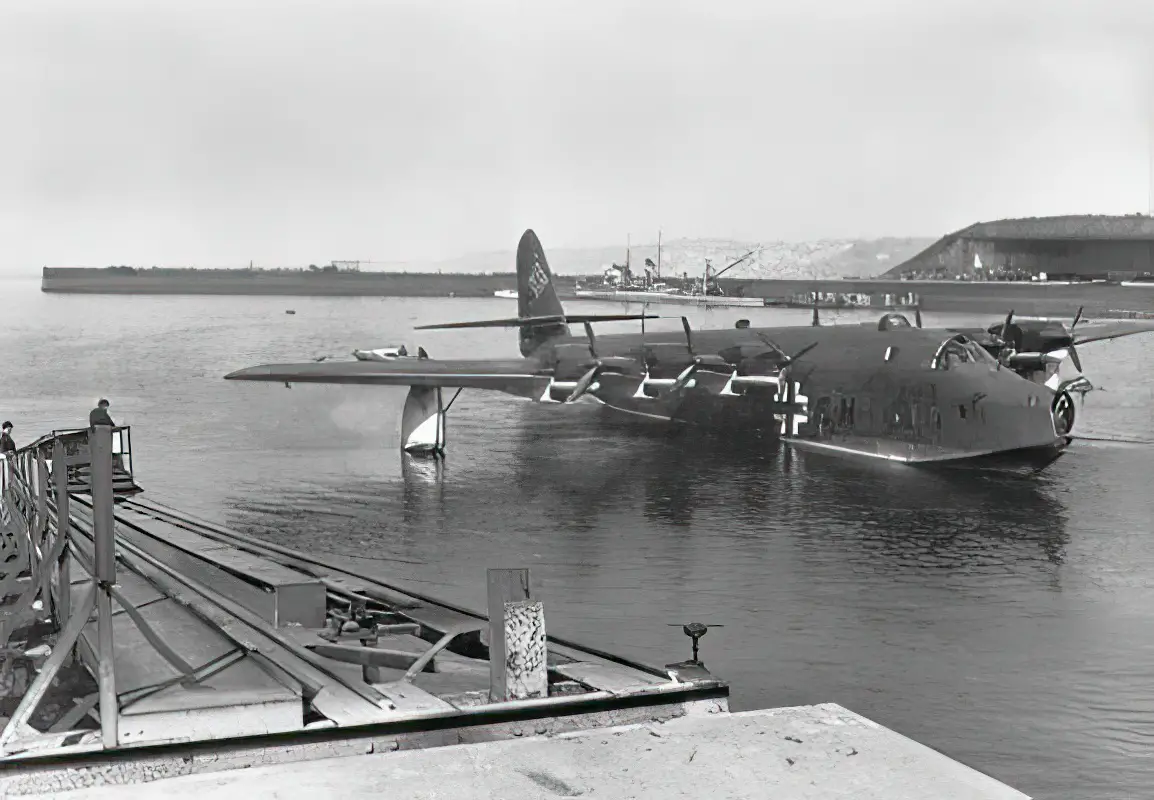
Legacy and Influence
Although the BV 238 did not see active service, its design and technological advancements had a lasting impact on subsequent flying boats and seaplanes. The lessons learned from its development paved the way for future aircraft, such as the Beriev Be-6 and the Martin PBM Mariner, which continued to serve in various capacities well into the post-war era.
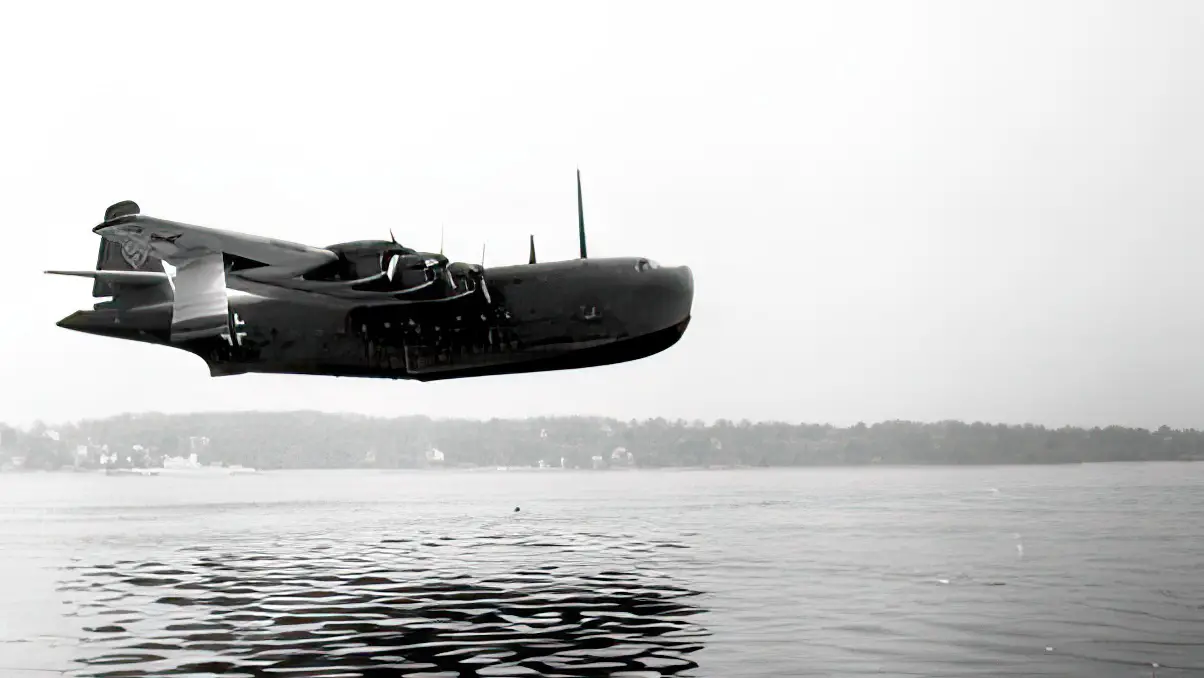
Testament to the ingenuity
This colossal flying boat, with its impressive dimensions and long-range capabilities, was a symbol of the advanced aircraft designs of the era. While it never fulfilled its intended role in combat, the BV 238’s influence can still be seen in the development of subsequent aircraft. Its legacy lives on, reminding us of the remarkable achievements and technical innovations of the past.

